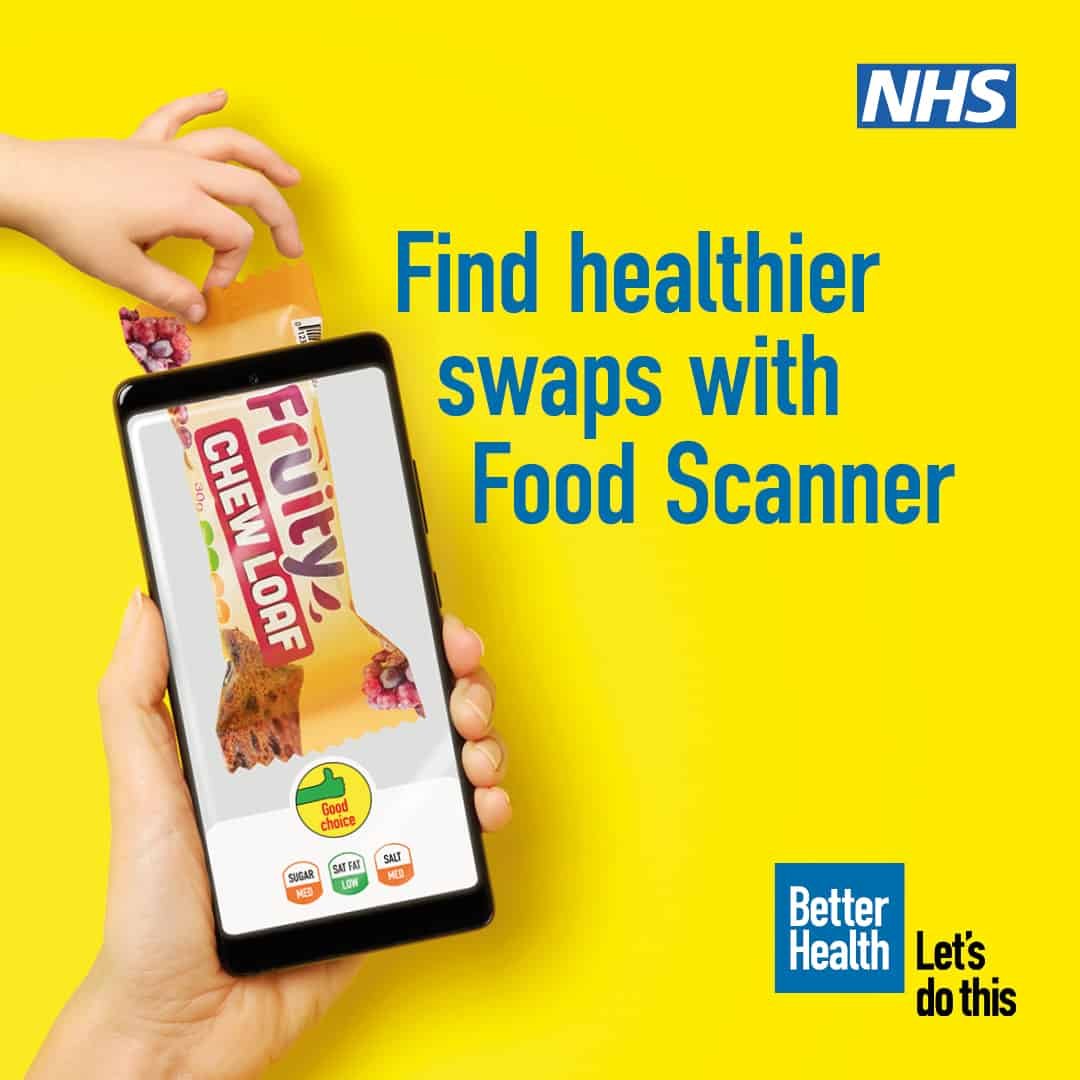I also realised some quirks or errors in the way information is processed and presented by the Food Scanner app, such as the exact same product (in different format) being assigned different ‘red light’ classifications (see the Kellogg’s Corn Flakes example on the side bar). At a guess, it could be that these divergences come from the fact that there is no single source for the relevant information (it would seem that ‘The nutrient data provided in the app is supplied by Brandbank and FoodSwitch’) and that there is not an entity overseeing the process and curating the data as necessary. In fact, DHSC’s terms and conditions for the Food Scanner app (at 6.10) explicitly state that ‘We do not warrant that any such information is true or accurate and we exclude all liability in respect of the accuracy, completeness, fitness for purpose or legality of that information’ . Interesting…
It is also difficult to see how different elements of the red light system (ie sugar vs saturated fat vs salt) are subject to trade-offs as eg, sometimes, a red/green/yellow product is recommended swapping with a yellow/yellow/yellow product. Working out the scoring system behind such recommendations seems difficult, as there will necessarily be a trade off between limiting (very) high levels of one of the elements against recommending products that are ‘not very healthy’ on all counts. There has to be a system behind this — in the end, there has to be an algorithm underpinning the app. But how does it work and what science informs it?
These are all questions I am definitely interested in exploring. However, I called it a night and planned to look for some help to investigate this properly (a small research project is in the making and I have recruited a fantastic research associate — keep an eye on the blog for more details). For now, I can only jot down a few thoughts on things that will be interesting to explore, to which I really have no direct answers.
The Food Scanner is clearly a publicly endorsed (and owned? developed?) recommender system. However, using a moderate research effort, it is very difficult to access useful details on how it works. There is no published algorithmic transparency template (that I could find). The in-app explanations of how the recommender system works raise more questions than they answer.
There is also no commitment by the DHSC to the information provided being ‘true or accurate’, not to mention complete. This displaces the potential liability and all the accountability for the information on display to (a) Brandbank, a commercial entity within the multinational Nielsen conglomerate, and to (b) Foodswitch, a data-technology platform developed by The George Institute for Global Health. The role of these two institutions, in particular concerning the ‘partnership’ between manufacturers and Change4life (now ‘Better Health’ and, effectively, the Office for Health Improvement & Disparities in the DHSC?), is unclear. It is also unclear whether the combination of the datasets operated by both entities is capable of providing a sufficiently comprehensive representation of the products effectively available in England and, in any case, it seems clear to me that there is a high risk (or certainty) that non mass production/consumption ‘healthy products’ are out of the equation. How this relates to broader aspects of competition, but also of public health policy, can only raise questions.
Additionally, all of this raises quite a few issues from the perspective of the trustworthiness that this type of app can command, as well as the broader competition law implications resulting from the operation of the Food Scanner.
And I am sure that more and more questions will come to mind as I spend more time obsessing about it.
Beyond the specificities of the case, it seems to me that the NHS Food Scanner app is a good springboard to explore the regulation of public sector recommender systems more generally — or, rather, some of the risks implicit in the absence of specific regulation and the difficulties in applying standard regulatory mechanisms (and, perhaps, especially competition law) in this context. Hopefully, there will be some interesting research findings to report by the summer. Stay tuned, and keep healthy!




